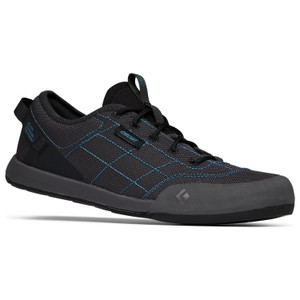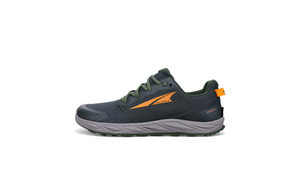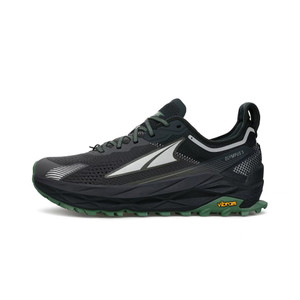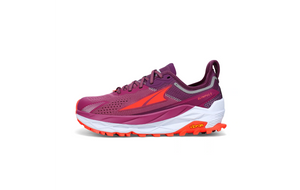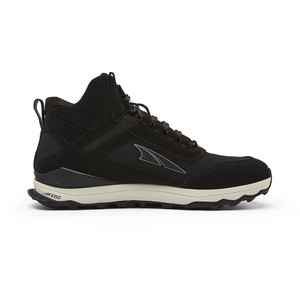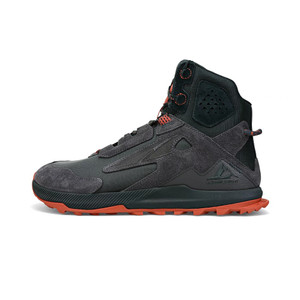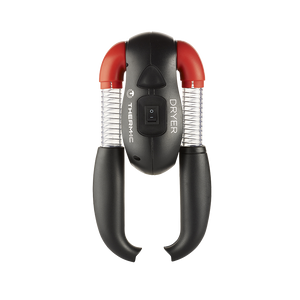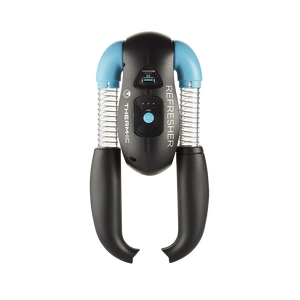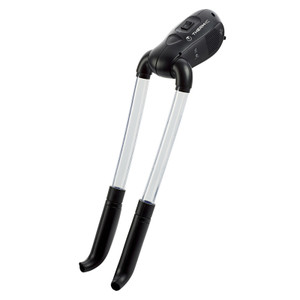
Hiking & Approach
Hiking and approach footwear are types of shoes designed for outdoor activities, but they serve different purposes. Here’s a breakdown to help you understand the difference:
Hiking Footwear
Purpose:
Designed for walking long distances on trails, mountains, or rough terrain.
Key Features:
-
Durable soles for grip on dirt, rock, and mud
-
Ankle support (especially in boots)
-
Cushioning for comfort over long distances
-
Water resistance or waterproofing (e.g., Gore-Tex)
-
Good breathability to keep feet dry
Types:
-
Hiking shoes (low-cut, lighter)
-
Hiking boots (mid/high-cut, more support)
-
Backpacking boots (heavier, for multi-day treks)
Use:
General hiking, trekking, backpacking, long walks in nature.
Approach Footwear (Approach Shoes)
Purpose:
Designed for technical hiking and scrambling, especially approaching rock climbing areas or steep, rocky terrain.
Key Features:
-
Sticky rubber soles for great grip on rock
-
Toe protection and often a climbing shoe-style toe
-
Lower cut, more like a climbing shoe than a boot
-
Stiffer sole for edging on rock
-
Sometimes have climbing-lace systems for precision fit
Use:
-
Approaching climbing routes
-
Scrambling
-
Mixed terrain (trail + rock)
-
Light climbing (some can be used for easy climbs)
Summary:
| Feature | Hiking Footwear | Approach Footwear |
|---|---|---|
| Best For | Trails, long hikes, backpacking | Rocky approaches, scrambling, climbing |
| Grip Type | All-terrain traction | Sticky rubber (better on rock) |
| Comfort | High (especially for long hikes) | Moderate (more precise fit) |
| Durability | High for trail use | High for rocky terrain |
| Climbing Use | No | Yes (light/easy climbs or scrambles) |
Let me know if you want help choosing one for your specific activity!


